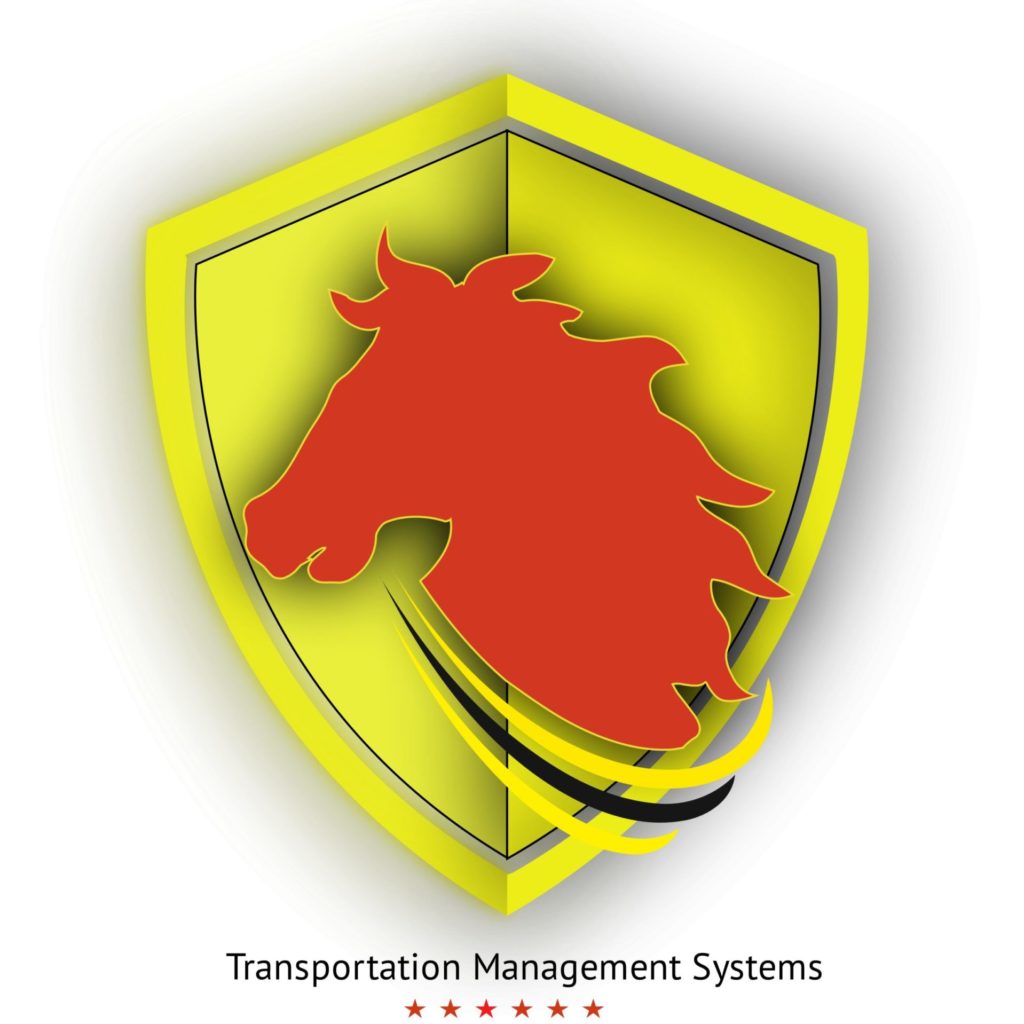Website under construction
The EU transport policy mainly aims to increase the market share of more environmentally friendly modes of transport, railways and water, integrated with alternative intermodal transport modes, with priorities for technical harmonization and interoperability between different transport choices.
Nowadays the logistics and forwarding industry is developing rapidly, and containers play an important role in the successful development of both branches. In modern logistics, the main issue is to minimize the total costs of the supply chain while limiting the negative environmental impact associated mainly with greenhouse gas emissions, i.e. CO2, NOx and PM.
To meet market expectations, our staff designed and patented an innovative folding container that can generate numerous benefits, such as reducing capacity in loading centres and warehouses, reducing the costs of expanding warehouse infrastructure by directly solving the problem of changing the location of empty containers. Foldable containers can enable supply chain participants to achieve significant capital cost savings and reorganize their expansion plans in the markets. In addition, the use of foldable containers can have a significant impact on optimizing the cost of transport for planned shipments. Folding containers save the costs of handling and transporting empty containers, and the extra capacity can be used for additional loads.
Investment in new technologies can bring measurable benefits and currently folding containers are considered a good investment in the logistics industry, which is why we also offer innovative solutions supporting the development of sea, rail and road transport.
Kontenery Konstrukcje Sp. z o.o. has developed and patented the prototype of an innovative folding modular container for use in road, rail and sea transport with dimensions of 20 and 40 ft. HC and 45 ft. HCPW.
Technology Application:
- 20 ft. HC and 40 ft. HC folding technology gives the option of folding (4/1) for 20ft and 40ft HC and HCPW containers (ie the possibility of transporting 4 folded containers instead of 1 empty container for dry boxes (Dry Box) ) once with the additional option of creating the required container length, e.g. from two 20ft containers, we can create a 40ft container and vice versa depending on what container size is needed for the service.
- 45ft, 48ft, 53ft, 60ft both HC and HCPW developed folding technology gives the possibility of combination (3/1), i.e. the ability to transport 3 folded containers in place of 1 empty container (Dry Box).
The folding system is so versatile that it also allows the Refrigerated Container to be folded, without affecting the cooling device which is a permanent part of the refrigerated container. In the 3/1 folding system, it is possible to transport 3 folded refrigerated containers in place of 1 empty. The developed container folding technology works in 20ft., 40ft., 45ft., 48ft., 53ft. And 60ft containers of both HC and HCPW.
We are currently at the stage of preparing for the implementation on the market of a trial version of foldable sea containers with dimensions:
• 20ft and 40ft HC in the 4/1 folding system with the possibility of connecting two 20ft containers into one 40ft • 45 ft HCPW in 3/1 folding system
Advantages of implementing innovative technology:
– capacity limitation in loading centres and warehouses – reducing the costs of expanding the warehouse infrastructure by reducing the storage area of empty containers – optimization of transport costs of planned shipments – save the costs of handling and transport of empty containers, and the additional capacity can be used for additional loads – significant capital cost savings and reorganization of market expansion plans – limiting the negative environmental impact associated mainly as a result of greenhouse gas emissions, i.e. CO2, NOx and PM
